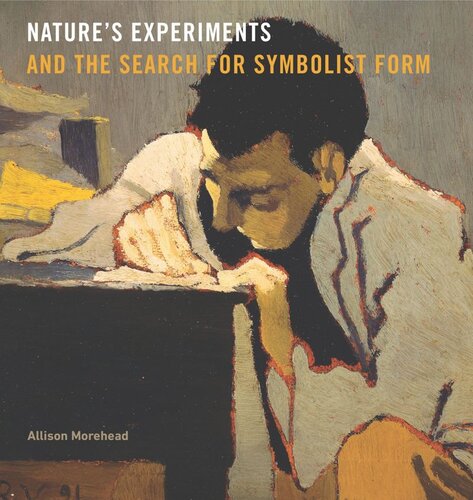

Most ebook files are in PDF format, so you can easily read them using various software such as Foxit Reader or directly on the Google Chrome browser.
Some ebook files are released by publishers in other formats such as .awz, .mobi, .epub, .fb2, etc. You may need to install specific software to read these formats on mobile/PC, such as Calibre.
Please read the tutorial at this link: https://ebookbell.com/faq
We offer FREE conversion to the popular formats you request; however, this may take some time. Therefore, right after payment, please email us, and we will try to provide the service as quickly as possible.
For some exceptional file formats or broken links (if any), please refrain from opening any disputes. Instead, email us first, and we will try to assist within a maximum of 6 hours.
EbookBell Team

4.4
82 reviewsThis provocative study argues that some of the most inventive artwork of the 1890s was strongly influenced by the methods of experimental science and ultimately foreshadowed twentieth-century modernist practices.
Looking at avant-garde figures such as Maurice Denis, Édouard Vuillard, August Strindberg, and Edvard Munch, Allison Morehead considers the conjunction of art making and experimentalism to illuminate how artists echoed the spirit of an increasingly explorative scientific culture in their work and processes. She shows how the concept of “nature’s experiments”—the belief that the study of pathologies led to an understanding of scientific truths, above all about the human mind and body—extended from the scientific realm into the world of art, underpinned artists’ solutions to the problem of symbolist form, and provided a ready-made methodology for fin-de-siècle truth seekers. By using experimental methods to transform symbolist theories into visual form, these artists broke from naturalist modes and interrogated concepts such as deformation, automatism, the arabesque, and madness to create modern works that were radically and usefully strange.
Focusing on the scientific, psychological, and experimental tactics of symbolism, Nature’s Experiments and the Search for Symbolist Form demystifies the avant-garde value of experimentation and reveals new and important insights into a foundational period for the development of European modernism.